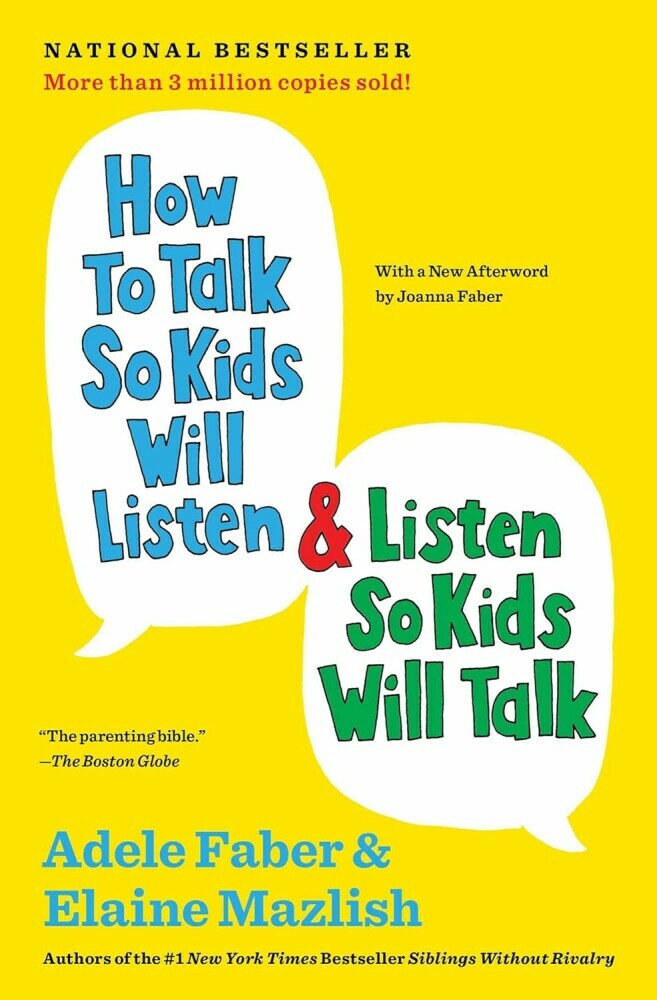 As an elementary school counselor, I often help support students who are refusing to come to school. Just last week I was called to the parking lot because a kindergarten student was refusing to get out of the car. Her mom had brought her to school in her pajamas with her clothes in a bag. The girl, I’ll call Katy, had gotten really angry with her mom because she wanted to bring a bag of candy to school, to share with her friends. I asked her mom to carry her to the office and then I walked the girl to my office. I put on some music for her and then I called her mom.
As an elementary school counselor, I often help support students who are refusing to come to school. Just last week I was called to the parking lot because a kindergarten student was refusing to get out of the car. Her mom had brought her to school in her pajamas with her clothes in a bag. The girl, I’ll call Katy, had gotten really angry with her mom because she wanted to bring a bag of candy to school, to share with her friends. I asked her mom to carry her to the office and then I walked the girl to my office. I put on some music for her and then I called her mom.
The girl’s mom was in tears. She didn’t know what else to do except drop her daughter off at school so she could get to work on time. She told me she used to try everything she could think of to accommodate her daughter’s desires. However, when her daughter began fighting with her every day, she realized she had to set stricter limits. Her daughter is growing and getting stronger and the mom has trouble picking her up when she doesn’t comply. Katy’s mom realized she had to toughen up now, before her daughter gets any older. Her daughter had even missed quite a few days of school because the mom didn’t want to fight with her.
This is a really tough position for any parent, but especially a single one. When a parent has no backup, it’s incredibly challenging. This is why knowing how to set clear boundaries, as early as possible, is absolutely crucial!
Setting Boundaries With Your Child
So how do you set boundaries with a strong-willed child? If your child is fighting you on daily decisions, begin by having a a calm but firm talk with them when things are going well.
Explain to your child that you need them to follow your instructions and you will be working together to create a less tense and more peaceful, cooperative home environment. Explain that you ask them to do things that are important and necessary to keep your days going smoothly for both of you. From this point on, when you ask them to do something, you will repeat the instruction only two times, to make sure they heard you and have time to respond.
Tell your child that you will count down from 5, to give them time to respond. If they do what you asked them to do, you can add a star or checkmark on a behavior chart toward a reward they’ll be excited about. However, if they refuse to comply, you will apply a consequence.
Sometimes parents ask me why they should reward their child for doing something they should be doing anyway. This is a great question. I tell them that the old patterns of ignoring requests and refusing to comply need to be broken so new habits can be created. Positive reinforcement has been shown to be much more effective than punishment. Punishment tends to create resentment and may further entrench your child in refusing and responding to you with disrespect. Trust and respect needs to be fostered to strengthen your relationship.
I have recommended this classic book to parents for years. It helped me tremendously when my son was young. The comic book style illustrations make the book appealing and so easy to apply.

Using a Rewards Chart
If your child is under the age of 10, a behavior chart can be very effective in helping them to change their behavior from defiant to compliant. When using a chart, choose no more than 3 behaviors to work on. Talk with your child to get their input on rewards they’d be willing to work for. Rewards do not have to cost money. Most kids enjoy special time to connect or extra time with friends. You can ask your child if they’d like rewards such as choosing what’s for dinner, choosing a family night game, choosing a family movie, helping to make a special dessert, having a sleepover with a friend, going to a new park, or taking a bike ride together.
Here’s a simple rewards chart you can download for free:
https://www.dropbox.com/preview/PC/Downloads/RewardsChart.pdf
If you’d like a more durable and magnetic behavior chart, you can purchase this one to put on your fridge.

AFFILIATE LINK DISCLOSURE:
Here’s a little transparency: Our website contains affiliate links. This means if you click and make a purchase, we may receive a small commission. Don’t worry, there’s no extra cost to you. It’s a simple way you can support our mission to bring you quality content.”
Consistency is Key
Once you have clearly defined your expectations and are using the behavior chart, there are a few things to keep in mind:
- There is always a spike in behavior when a new approach is applied. DO NOT GIVE UP! Your child may initially increase their resistance to your authority, in at attempt to get you to return to doing things the way you’ve always done them. The old way is what they’re comfortable with because it’s predictable. You need to be strong and stick with the new way because it will be so much better for your entire family in the long-run.
- When you make a request of your child and follow with counting down, keep a calm voice. This way of parenting is much less exhausting than the vicious cycle of asking, demanding, yelling and fighting. You are in control. Be loving and supportive but maintain your boundaries by following through calmly. Count from 5 to 0, then calmly either praise your child and add a star on their chart, or state what the consequence will be and follow through, no matter what. Your child will learn that you mean business and having a calm, cooperative family is important to you and everyone involved.
Effective Consequences
If your child refuses to respond to your requests (and they will), It’s important to apply consequences that are related to the request. For example, if your child has not cleaned their room, an unrelated consequence would be taking away their chance to participate in a school play. That has nothing to do with not keeping a room clean. A related consequence would be restricting them from having friends over because their room is too messy for guests. If your child refuses to stop playing their video game when you ask, taking away a family camping trip is not related. A related consequence would be taking away video games for 1 or 2 days.
You May Need to Seek Professional Help
Consistency is the KEY in reinforcement. The chosen method should be applied consistently to be effective. Random reinforcement leads to confusion and can make disrespectful behavior worse. It’s like learning the rules of a game only to have them change mid-play – frustrating, right?
There may be instances where you’ve tried various approaches, and disrespect continues or escalates. In such cases, it is absolutely appropriate to seek support from a child psychologist or family counselor. These professionals can provide tailored strategies for managing your child’s behavior and improving family dynamics.
Remember, fostering respect is a process, and it doesn’t happen overnight. It requires patience, commitment, and sometimes, professional guidance. But with the right approach, you CAN turn things around and lay the foundation for a respectful, healthy relationship with your children.
